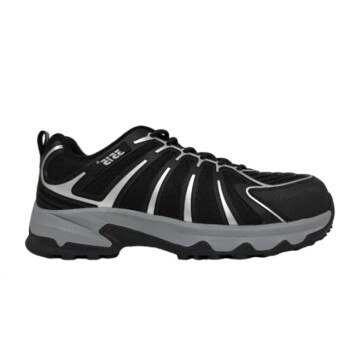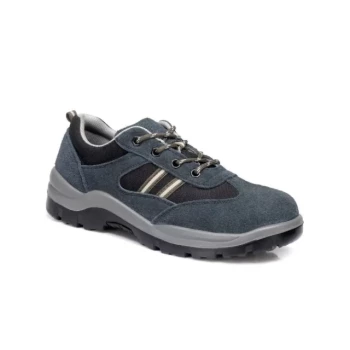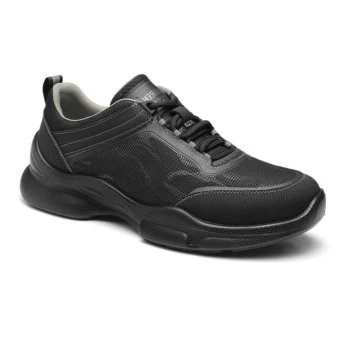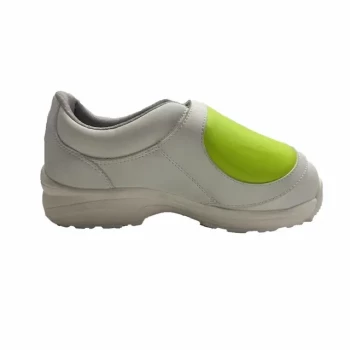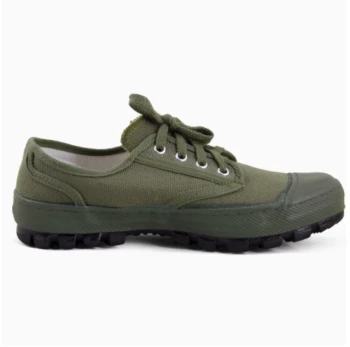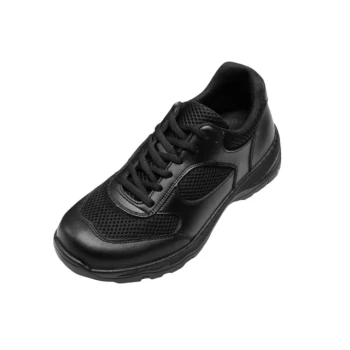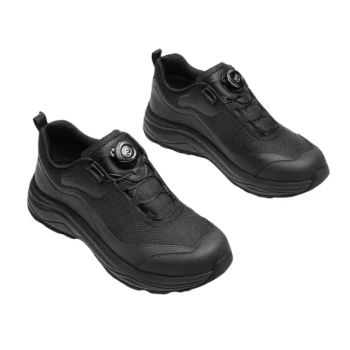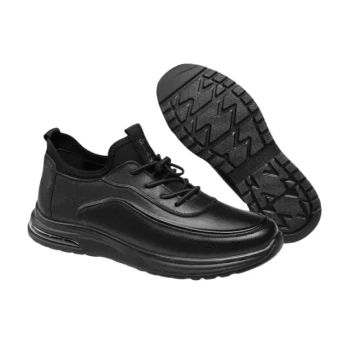Failing to comply with OSHA footwear regulations results in a range of consequences, starting with official warnings and escalating to severe financial penalties. These fines can reach up to $129,336 for willful or repeated violations, but the direct financial penalties are often only the beginning of the true business cost.
The penalties for non-compliance extend far beyond OSHA fines, creating a cascade of indirect costs including higher insurance premiums, lost productivity, and significant legal liability that can jeopardize a company's financial health.
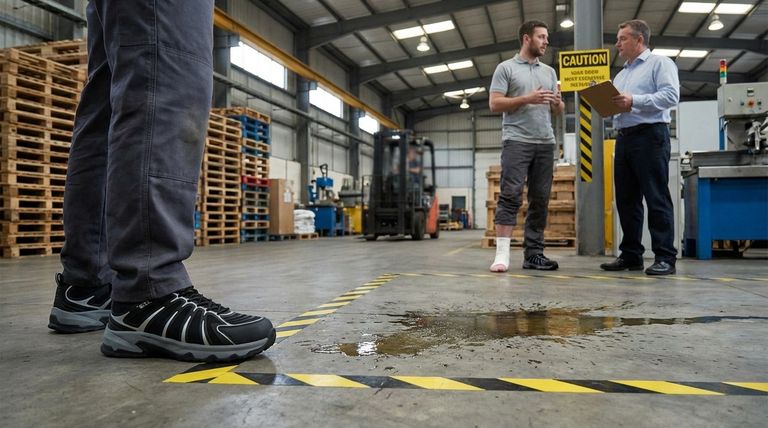
The Direct Financial Penalties
When an OSHA inspection reveals a violation of its Personal Protective Equipment (PPE) standards, including footwear, the agency will issue citations and financial penalties. The severity of these fines is directly tied to the nature of the violation.
Initial and Serious Violations
For violations that are not considered willful, fines are still substantial. An initial citation for a serious hazard that the employer knew or should have known about can result in thousands of dollars in penalties per violation.
Willful or Repeat Violations
The most severe penalties are reserved for employers who intentionally disregard regulations or have been cited for similar issues before. A willful or repeated violation can trigger a maximum fine of $129,336, demonstrating the agency's low tolerance for persistent neglect of safety standards.
The Hidden Costs: Where the Real Damage Occurs
The OSHA fine is often the most visible consequence, but it's rarely the most damaging. The indirect costs of a workplace foot injury stemming from non-compliance almost always exceed the initial penalty.
Workers' Compensation Claims
A preventable foot injury leads directly to a workers' compensation claim. This not only involves paying for medical bills and lost wages but also drives up your company's insurance premiums for years to come, creating a lasting financial drain.
Lost Productivity and Operational Disruption
An injured employee cannot perform their duties, leading to immediate productivity loss. The disruption ripples outwards, requiring you to find and train replacement staff, potentially causing project delays, and often lowering team morale.
Legal Liability
Beyond OSHA and workers' comp, a serious injury can expose your company to civil lawsuits. If negligence is proven, the legal costs and potential settlements can be financially devastating, far eclipsing any regulatory fine.
Understanding the Trade-offs
Viewing safety footwear as merely an expense is a critical mistake. The decision is not between "cost" and "no cost," but between a predictable investment and an unpredictable, potentially catastrophic, liability.
The Upfront Investment
Proper safety footwear represents a controlled, predictable cost. Implementing a footwear program is a budgetable expense that protects your most valuable asset: your employees.
The Long-Term ROI
This upfront investment provides a significant return by preventing injuries. It mitigates the risk of enormous, uncontrolled costs associated with fines, medical claims, legal fees, and operational shutdowns.
Common Pitfalls to Avoid
A common mistake is simply providing any "safety shoe" without a proper hazard assessment. Failing to match the footwear to the specific risk—such as puncture, electrical, or slip hazards—can still be considered a violation and, more importantly, fails to protect the worker.
Making the Right Choice for Your Goal
A proactive approach to footwear safety is the only way to manage risk effectively. Your strategy should align with your primary business objectives.
- If your primary focus is avoiding fines: Conduct and document a thorough hazard assessment for each job role to justify your PPE selection and prove due diligence.
- If your primary focus is maximizing safety and productivity: Involve employees in the selection process to ensure proper fit and comfort, as footwear that isn't worn provides no protection.
- If your primary focus is long-term risk management: Implement a comprehensive PPE program that includes regular training, inspection of employee-owned footwear, and a clear policy for replacement.
Ultimately, investing in compliant safety footwear is one of the most effective decisions you can make to protect both your employees and your bottom line.
Summary Table:
| Consequence Type | Key Impact | Financial Range / Severity |
|---|---|---|
| Direct OSHA Fines | Official citations and penalties | Up to $129,336 for willful/repeat violations |
| Workers' Compensation | Medical bills, lost wages, increased premiums | Often exceeds the initial OSHA fine |
| Lost Productivity | Operational disruption, training replacements | Significant, unplanned costs |
| Legal Liability | Civil lawsuits and settlements | Potentially devastating to financial health |
Protect your workforce and your bottom line with compliant safety footwear from 3515.
As a large-scale manufacturer, 3515 produces a comprehensive range of compliant footwear for distributors, brand owners, and bulk clients. Our production capabilities encompass all types of safety shoes and boots designed to meet OSHA standards for various hazards.
Investing in the right footwear is a proactive step toward avoiding costly penalties, reducing workplace injuries, and ensuring operational continuity. Let us help you implement a reliable safety program.
Contact 3515 today for a consultation and discover how our footwear solutions can mitigate your risks.
Visual Guide
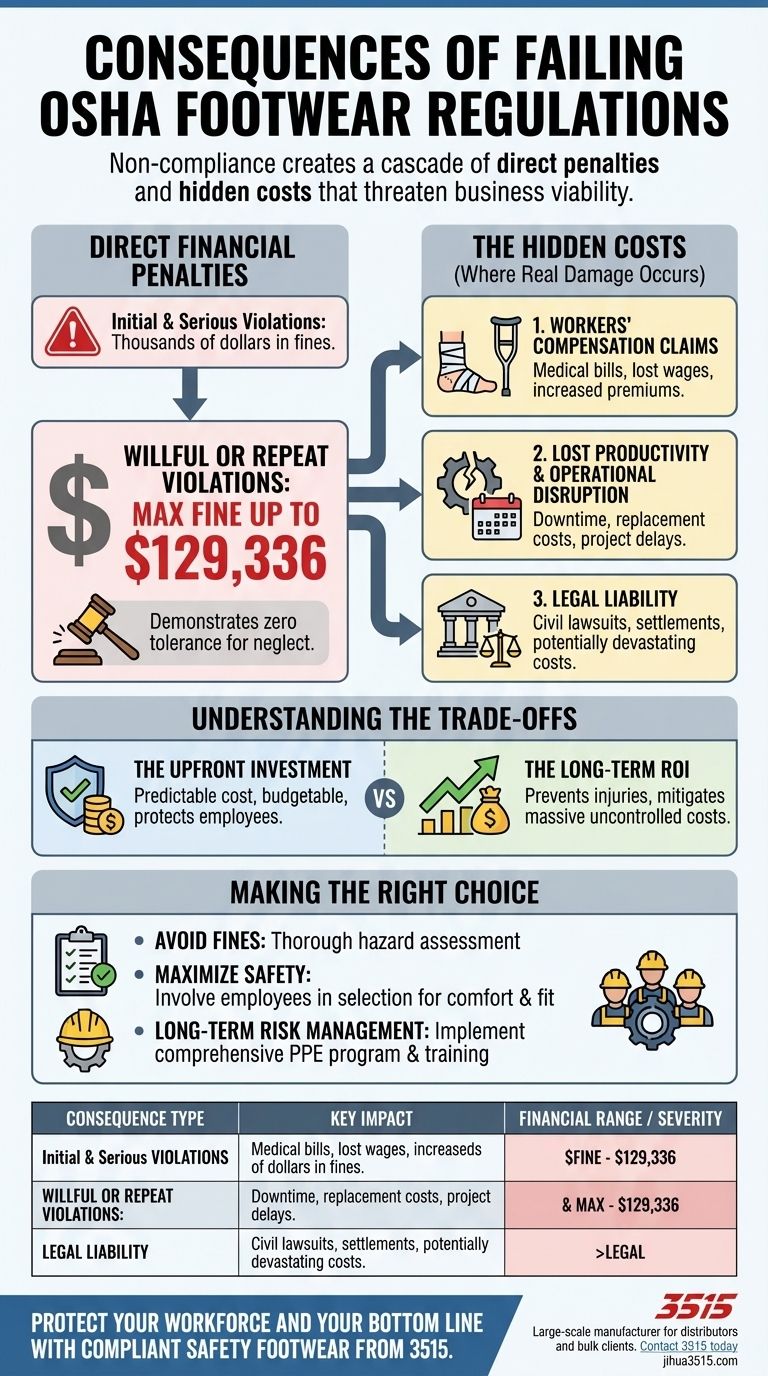
Related Products
- Premium KPU Athletic Safety Shoes for Wholesale
- Wholesale Leather Safety Boots with Customizable Protective Toe
- Wholesale Durable Breathable Safety Boots Custom OEM Manufacturer
- Custom Safety Shoe Manufacturer for Wholesale & OEM Brands
- Durable Rubber-Soled Utility Shoes for Wholesale & Custom Brand Manufacturing
People Also Ask
- What are the conditions faced by employees in meatpacking and poultry slaughter plants? Navigating Pervasive Slip Hazards
- What materials are used in the construction of these boots? A Guide to Velour Leather, Textile & PU Soles
- What should warehouse work shoes include for safety? Essential Features for All-Day Protection
- Why is slip resistance important in safety footwear? Prevent Costly Workplace Slips and Falls
- What does a green triangle symbol on safety footwear mean? Your Guide to Maximum Puncture & Impact Protection
